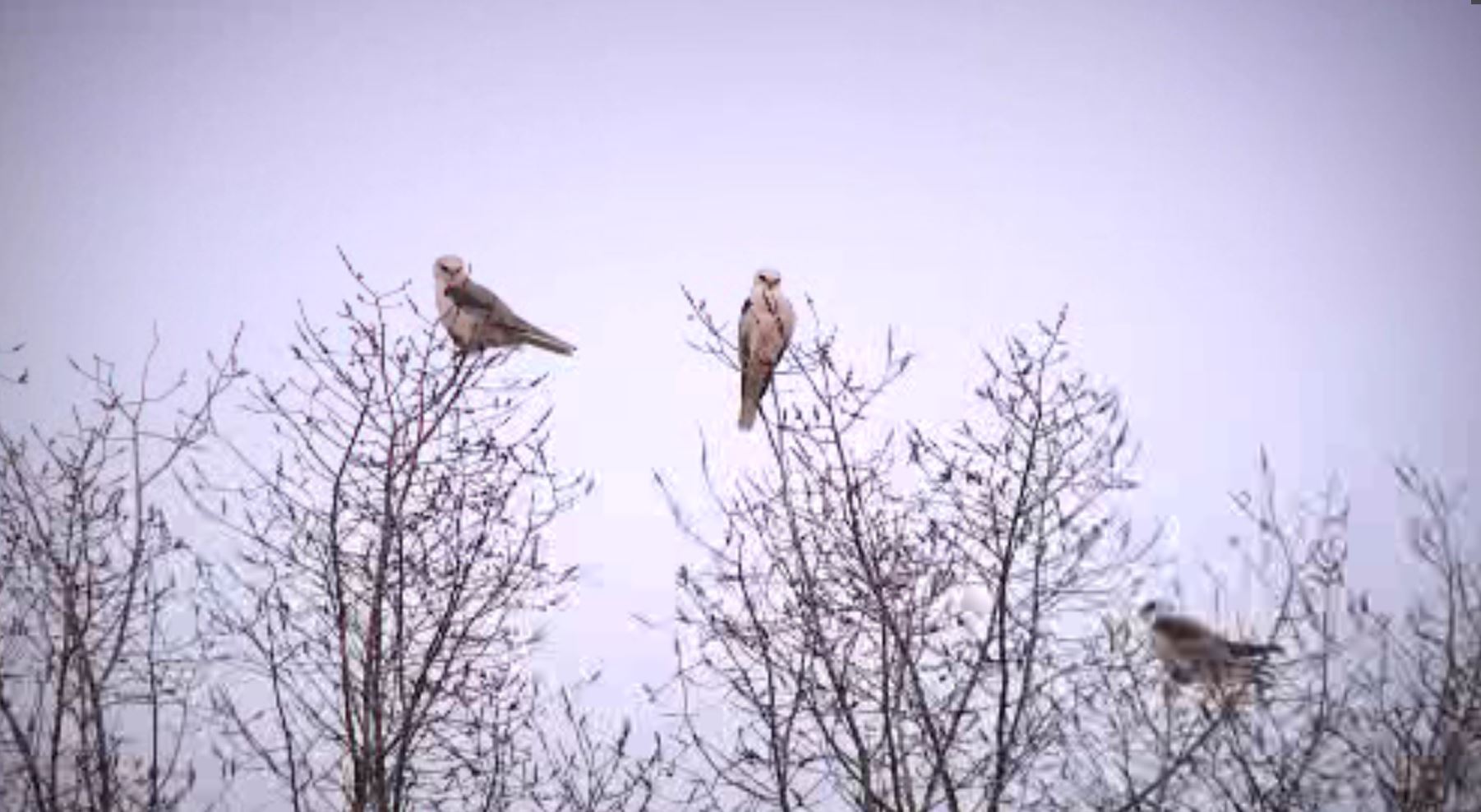[ad_1]
ROSEVILLE, Calif. (CBS Sacramento) — If you look closely at Cedar Street in Roseville, California, you’ll see people aren’t the only neighbors. Birds of prey are claiming prime real estate: the tree in Martha Lopez’s front yard.

When KOVR-TV talked to Martha last winter, she said she was shocked. That was the first time hundreds of these white-tailed kites had visited her home. They left in the spring, after a few months of sleeping in her tree at night. And now one year later, they remembered.
“The birds are back they’re back and they love Cedar Street,” Lopez said. “I’m tired, yes. I’m an animal lover and I hate to say that.”
Martha’s tree has become their winter vacation destination. They come every night and are not scared of Martha’s cat or her fake owl. “I know the bewitching hour starts about 5,” Lopez said.
She moves her car every night so that it doesn’t get covered in bird poop. However, she can’t save her yard. It’s filled with hundreds of pellets, which are the remains the birds regurgitate after eating their prey. They consist of bones and fur. “I’m just trying to survive with the birds,” Lopez said.
Wildlife experts can’t understand, why this neighborhood in Roseville? “I think it’s going to be a mystery that we can’t solve,” said Christy Berger, a board member with Gold Country Wildlife Rescue.
Berger said normally these birds would roost in trees next to an open field. But it’s not uncommon for them to stick together. “The thought is that there is safety in numbers so they can avoid predators and they may be going into this residential neighborhood because there are fewer predators for them,” she explained.
Berger said the birds may also stay close to better communicate or find a mate.
White-tailed kites are a state and federally protected species. This means Lopez is not legally allowed to remove them. The most she can do is try to scare them away or wait until they move on. For now, they’ve picked Martha’s house as their safe place. And she’s doing her best to be an understanding host to nature, year after year.
“If they could give me warning as to when they’re coming, that’d be great,” Lopez said.
A wildlife expert said the pellets don’t pose a major health risk, but you should use gloves if you touch them. Last year, they were gathered from her property and used to educate a kid’s nature group.
Related
[ad_2]
Source link